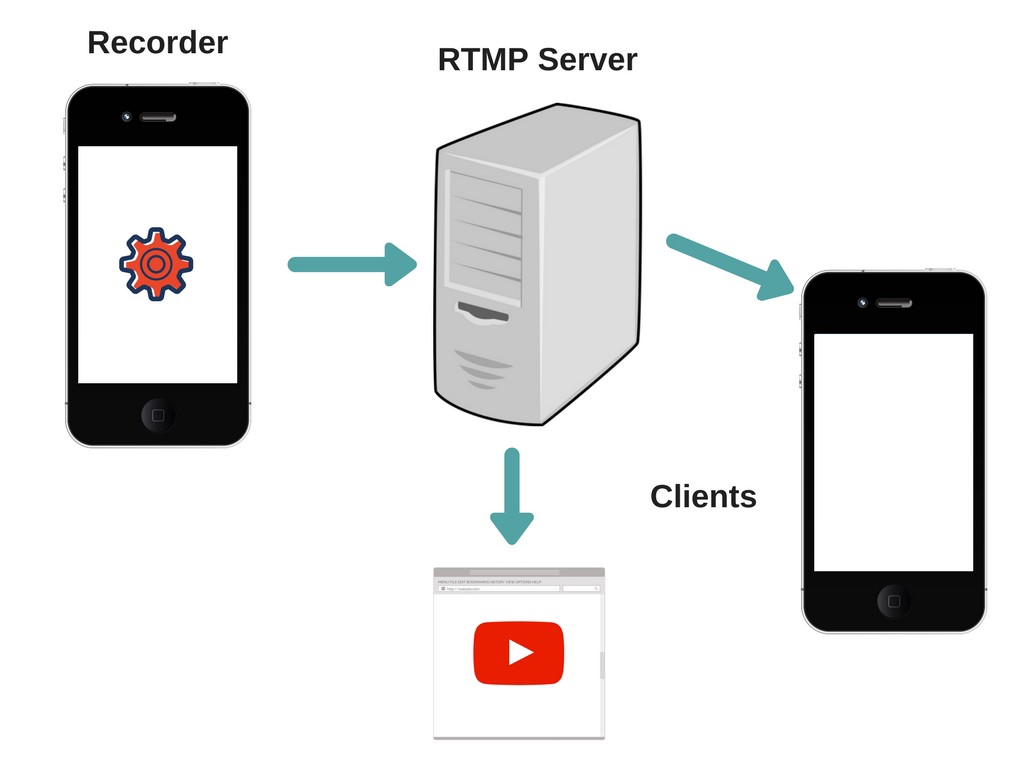Some audience members have inquired about the advantages of RTMP, a well-liked protocol mostly utilized for live broadcasting. Users of RTMP have unwavering faith in the protocol’s services.
What advantages does the RTMP protocol offer
Because of its low latency, flexibility, and simplicity in integrating various media, RTMP is a widely used protocol.
In conclusion, the main advantages of RTMP are:
- Low latency
- Flexible
- Easy to integrate different media
Low latency
The duration between your activity and a web app’s response is known as latency. The term “latency” concerning living video streaming describes the time it takes for data to travel from your end to that of your viewers.
Stable video connections are ensured via low latency. Fast streams with no lag are advantageous for viewers of live-streaming content like webinars.

Flexible
Because RTMP is a flexible protocol, viewers can consume feeds in the order they like. RTMP feeds allow for skipping, rewinding, and joining after they have started instead of being required to be watched linearly.
Easy to integrate
Users of RTMP can combine numerous media kinds into a single source. This indicates that combining text, audio, and video is feasible. Other options for media channels are also possible. For instance, RTMP can broadcast audio streams in MP3 and AAC formats.
What are the main challenges of RTMP streaming?
RTMP is a useful protocol; however, it has drawbacks such as bandwidth problems, compatibility restrictions, and HTML5 support concerns.
In conclusion, the principal difficulties with RTMP streaming are:
- Low bandwidth
- HTTP compatibility
- HTML5 support
Low bandwidth
Due to RTMP streams’ limited bandwidth, the video feed is frequently interrupted. The viewer experience is ruined by choppy RTMP feeds, which is frustrating.
HTTP compatibility
HTTP connections are incompatible with RTMP. An HTTP connection is a network channel that accepts HTTP requests continuously rather than shutting down after each exchange. Connecting to specific servers, such as Adobe Flash, and employing a third-party content delivery network to access streams while using RTMP is necessary.
HTML5 support
The latest standard for video streams is HTML 5 players. In contrast, RTMP is only supported by obsolete flash players. Without HLS converters, RTMP cannot be played on HTML5 players.
Increasingly, HTML 5 gamers are Because of its critical role in providing material with a latency of only about 5 seconds, ARTMP and Flash Player became extremely popular. Flash has been less popular over time. However, RTMP is still in use.
A TCP-based protocol called RTMP enables low-latency communication and maintains permanent connections. It fragments streams, whose sizes are dynamically agreed upon between the client and server, to provide streams smoothly and transfer as much data as possible. The current model for video feeds. In contrast, RTMP is only supported by obsolete flash players. Without HLS converters, RTMP cannot be played on HTML5 players.
Recent Comments